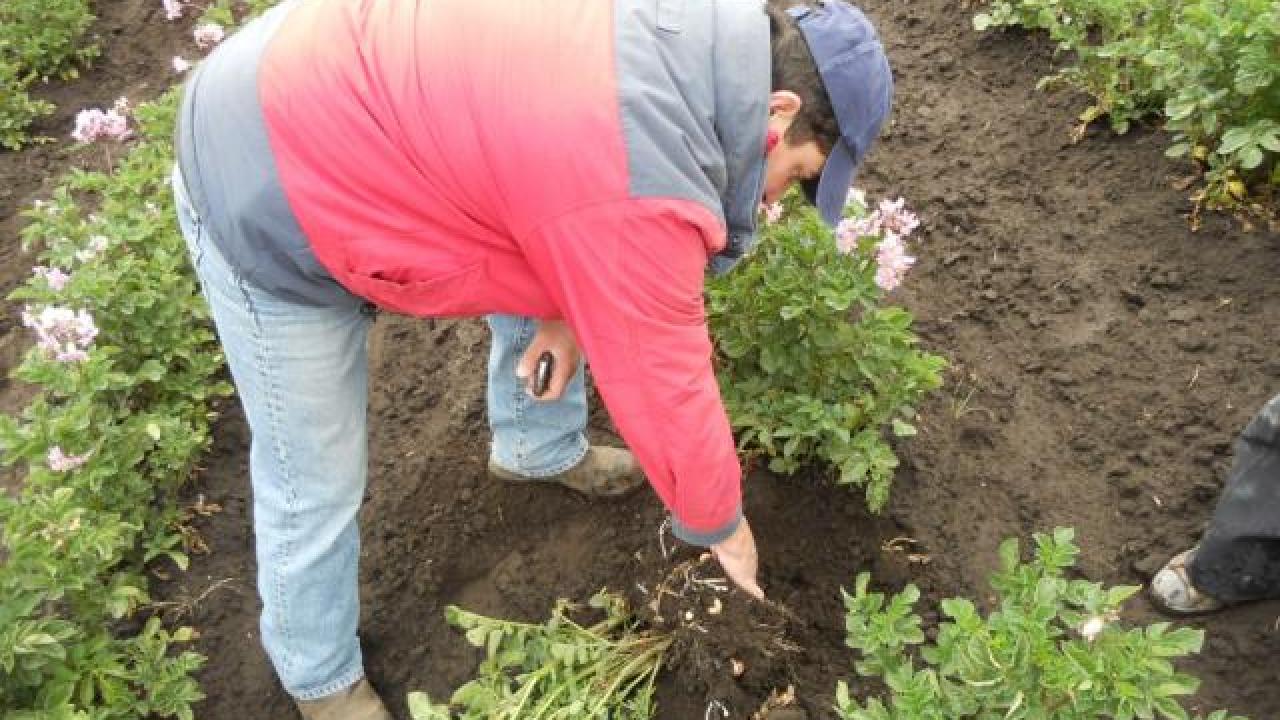
During the current decade, several governments from the Andean region have prioritized the construction and strengthening of the agricultural insurance market for small farmers. Climate change and the perception of higher risk of extreme climate events which affect large numbers of vulnerable rural inhabitants such as drought, frost and flood represent a strong pressure on the public budget in terms of post-disaster management.
Andean countries are particularly vulnerable to agricultural disaster due to the prevalence of El Niño and La Niña events. Investing in the development of a strong market for agricultural insurance represents an mechanism to manage risk associated to these type of disasters and to protect small farmers. It is also potentially more cost-effective for the public budget.
On the other hand, without agricultural insurance, financial institutions are less willing to lend to agricultural households. As a consequence, households are less willing to invest in new technologies or to intensify production. The result is a vicious cycle of low investment and persistence of poverty traps. Index insurance represents an attractive alternative to conventional insurance policies for small farmers.
Project Summary
This project is part of the Index Insurance Innovation Initiative of the Feed the Future Innovation Lab for Assets and Market Access. Its main goal is to compare conventional insurance versus index insurance in the specific context of Ecuador. Ecuador offers a particularly interesting context due to several reasons. First, starting in 2010, the government of Ecuador strengthened the agricultural insurance market for small and medium farmers through subsidies to help cover the premium of a conventional insurance contract. This policy makes it possible to gather data to evaluate the functioning of conventional insurance.
Second, starting in 2002 Ecuador has conducted a national survey of agrarian production (ESPAC) which has made it possible for the research team to design a “shadow” area yield index insurance contract. The team will compare the hypothetical functioning of this “shadow” contract with the real functioning of conventional insurance for the years 2011 and 2012 for a sample of rice and feed corn producers in three cantons of the country. The main criterion for comparing the two is how well the insurance contract stabilizes income with indemnity payments to farmers who suffered larger losses.
Anticipated Impacts
Area yield index insurance could offer a viable alternative to conventional insurance, and may provide more effective protection, for small Ecuadorian farmers. This could be especially true for feed corn farmers, as this crop is highly vulnerable to climatic risks such as the drought that affected the country in 2011. This project’s findings will also offer guidance on whether index insurance will serve as a substitute or a complement for conventional insurance.
This project was funded by the Ford Foundation.
